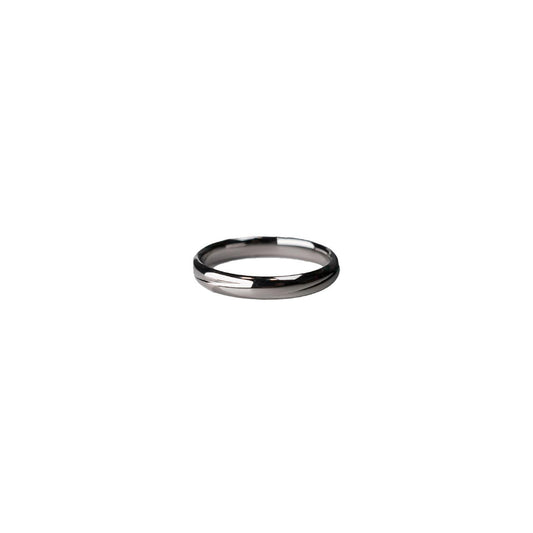Carrot Diamond A Gem Beyond Just Measurements
Carrot Diamond A Gem Beyond Just Measurements
When we think about diamonds, our minds often jump to the glittering engagement rings or luxurious necklaces worn at Hollywood galas. But there’s something intriguingly unique about how we refer to their size: in carrots. It's a curious name, isn’t it? If you're like me, you might've momentarily wondered if it has anything to do with the vegetable, carrot. Spoiler: it doesn’t.
Carat weight, the actual term used in the jewelry world, derives from the carob seeds once used by gem traders as counterweights in balance scales. You see, carob seeds were believed to be uniformly sized, which made them perfect for traders dealing in precious stones. It's a delightful nod to history that intertwines nature and commerce in a way that feels delightfully unexpected to us modern folks.
Now, let’s delve into why carat weight, often misunderstood as size, actually refers to a diamond’s weight. A one-carat diamond, for instance, weighs exactly 200 milligrams. But the kicker is, two diamonds of the same carat weight can look vastly different in size to the naked eye. This is something that truly intrigued me during a casual conversation with a jeweler friend in a quaint boutique shop. She pulled out two diamonds, both one carat, yet one seemed noticeably larger due to its cut. It was a fascinating revelation that proved size isn't everything, contrary to what I’d always assumed.
This leads me to another point: the emotional weight of a diamond often outweighs its carat measure. My grandmother had a tiny diamond ring, barely reaching half a carat, yet it was the centerpiece of her jewelry collection. She would recount tales of her early days working in a downtown café, saving every penny to finally buy the ring after she’d caught a glimpse of it in a jeweler's window. To her, and eventually to me, that ring held stories of ambition, sacrifice, and ultimately, love. A true testament that value isn’t only in the gleam but in the memories forged.
In the ever-evolving landscape of style trends, larger diamonds have certainly had their moments in the spotlight. Yet, there's a burgeoning culture of appreciating subtlety, where smaller, quirkily-cut diamonds are gaining charm among millennials. Perhaps it’s a statement—or maybe it’s just a reflection of embracing simplicity and sustainability. After all, sometimes understated elegance speaks louder than ostentation.
As we navigate through the diverse array of choices in the world of diamonds, it's essential to remember that the carat—or 'carrot' as my younger self amusingly misheard—doesn’t wholly dictate the worth or beauty of a diamond. Much like in our everyday lives, it’s the personal significance, the stories attached, and the style that truly make something precious.
It's curious to think how stones that were formed billions of years ago have woven themselves into the tapestry of our personal tales and cultural beliefs. Next time you find yourself admiring a diamond’s sparkle, take a moment to appreciate the weight of its history and the potential stories it could tell. You might just find yourself viewing these gemological wonders in a whole new light.

























